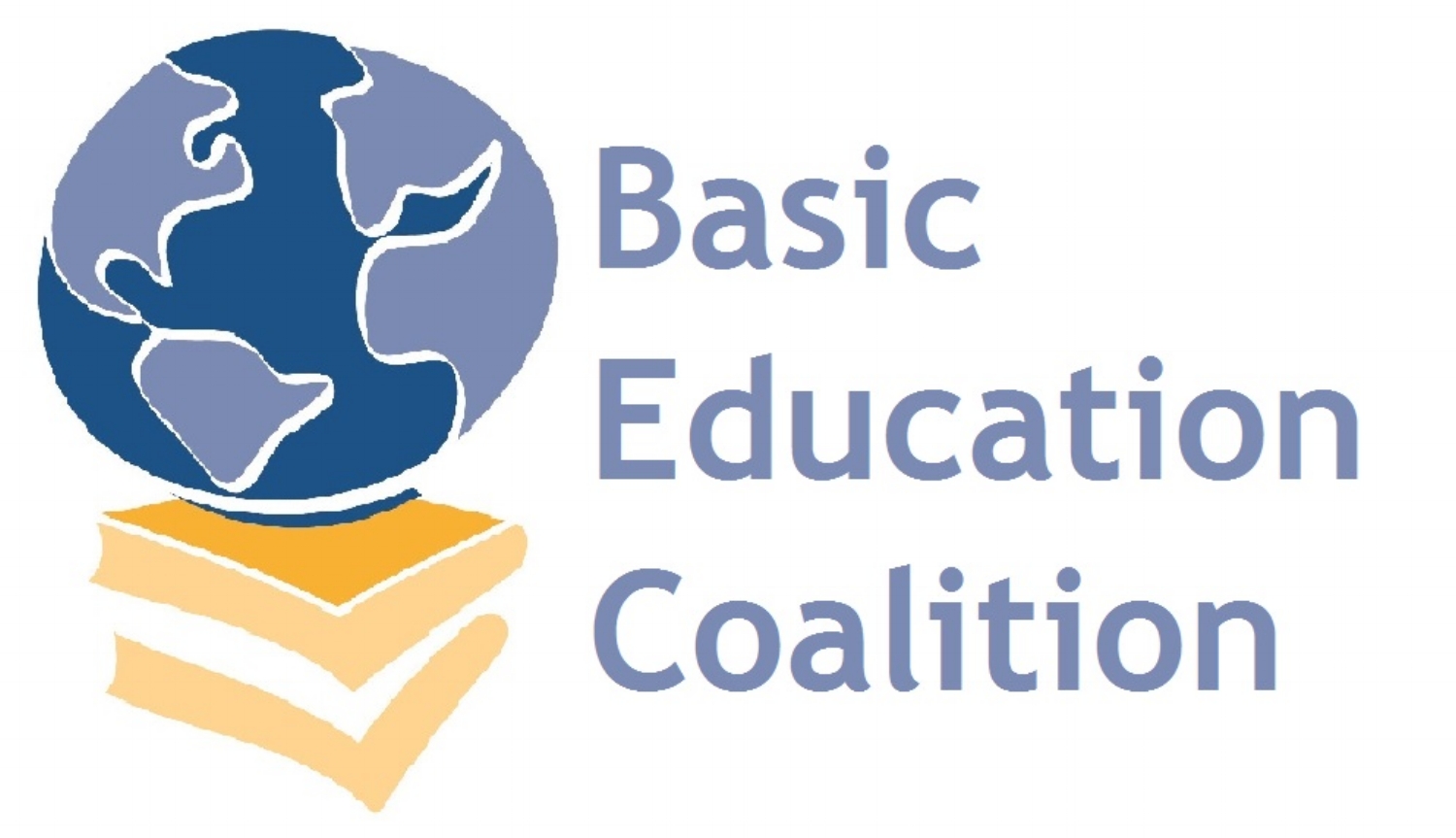Written by Jackson Wu-Pong (Chemonics International)
Far too often, international development projects, caught in their own hustle and bustle, don’t commit the time and energy to engage with similar projects across the country, region, or world. Study Exchange Visits offer an engaging opportunity for development practitioners and policy makers to connect across similarities and differences. In short, Study Exchange Visits involve representatives from one development project spending strategic, intentional, and mutually informative time in another project’s context. Although the initial investments cannot be ignored, project leaders should not discount the benefits of increased intra-group collaboration, mutual learning, and improved development outcomes. These opportunities for progress are especially salient as Human Rights Day marks the 75th anniversary of the Universal Declaration of Human Rights’ proclamation, with Article 26 emphasizing education as a human right.
In both Georgia and Tajikistan, education system leaders are challenged to find the right balance between centralized authority and school autonomy. Compared to Tajikistan, where nearly all decisions and authority flow directly from the President’s office and the Ministry of Education and Sciences to less-autonomous schools, the Georgian system allows extensive autonomy at the school level with less standardization, monitoring, and supportive resources. Leaders from the USAID/Tajikistan Learn Together Activity (LTA) project along with representatives from Tajikistan’s Ministry of Education and Science (MoES) visited the USAID/Georgia Educating the Future Activity (EFA) project leadership and the Georgian Ministry of Education and Science (MoES) in a Study Exchange Visit.
LTA supports the Tajik MoES’ capacity to improve literacy and numeracy skills to impact primary (Grades 1-4) students' learning outcomes nationwide. The project is in full swing, with nationwide rollouts for teacher training, school leadership support, and educational television programs in 2023. EFA is in the early stages of implementation, supporting the Government of Georgia (GoG) in enhancing the quality of pre-service teacher education programs, building the capacity of school administrators, and strengthening school autonomy with a specific focus on Educational Resource Centers (ERCs).
The following points illustrate how any implementing partner can build mutual learning and support between projects.
The Tajik Deputy Minister of Education and Science Abdulzoda presents a traditional Chakan embroidery to the principal of No. 2 Sagarejo Nugzar Chanturia Public School following a hospitable and informative school visit.
Photo Credit: Jackson Wu-Pong, Chemonics.
Embracing Opportunity
Implementing partners with a sufficiently large portfolio have an opportunity to dynamically support their projects by building cross-project collaboration and learning. Study Exchange Visits are an excellent vehicle for fostering such international connections between government entities and project structures.
Further, Study Exchange Visits offer immense value in team building across silos. In this example, the Tajik delegation made frequent mention of how much each of their seven officials learned from spending a week together when, during normal business, they rarely have the opportunity to collaborate across Ministerial departments.
Making the Investment
Implementing partners looking to conduct a Study Exchange Visit should build the time and expense into their initial proposals, budgets, and annual work plans. Early planning engages stakeholders in the home office and partner country while preventing last-minute panic. For the Georgia trip, the LTA team wrote a Study Exchange Visit into their Year 3 Work Plan, received approval from USAID, and then coordinated between the Georgian and Tajik Ministries to finalize agendas, attendees, and logistics.
Pairing Similar Countries
The connected countries in a Study Exchange Visit should be similar in some way, be it historical, cultural, linguistic, religious, or otherwise. Both Georgia and Tajikistan are mountainous former Soviet Union countries sharing a commitment to continued educational development. Because of these similarities, the delegations could have fruitful conversations about educating hard-to-reach communities, ethnic and linguistic minorities, teacher retention, and shifting responsibilities to schools, among many other topics on which they differed. Without their similarities, the number of differences would be overwhelming and counterproductive.
Setting up Peer-to-Peer Connections
To encourage a productive and efficient Study Exchange Visit, organizers should identify parallel job functions between delegation members and build the visit around those pairs. This allows each of the pairs to “lead” one of the meetings and have a detailed and sophisticated connection. In one example from Tbilisi, the Tajik delegation’s representative from the Department of Higher Education took a more substantial role when meeting with the Georgian National Assessment and Examination Center, which coordinates university entrance exams, and at Ilia State University compared to meetings with the Georgian Education Resource Centers, which do not interact with higher education.
Emphasizing Learning and Teaching
Implementing partners looking to arrange a Study Exchange Visit should emphasize equity between the delegations. Both delegations repeated a principle of occupying both teaching and learning roles throughout the week. These roles were established at the initial planning stages and reflect the contextual similarities and common goals between the Georgia and Tajikistan education systems. This dual mindset pulled the delegations to an equitable playing field where both could benefit rather than assuming a hierarchy of knowledge, development, and ultimately power.
Final Thoughts
There is no denying that the financial and time costs of planning and executing Study Exchange Visits can be substantial. However, Chemonics’ experience with the Tajik delegation in Georgia demonstrates their tremendous professional value. The Tajik delegation gained essential insight by connecting with their Georgian counterparts and each other. Educators and Ministry officials in Georgia had the opportunity to reflect on their own challenges while hearing about similar obstacles in Tajikistan. Further, project teams from both countries supported each other in their shared objectives around teacher professional development, improved student learning outcomes, and the pursuit of education as a human right — and look forward to more productive project implementation as a result.






